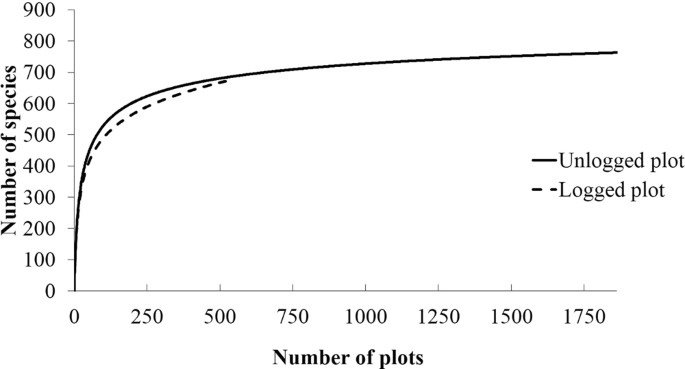I live on the edge of it. Hunt and fish there a lot, on the North end anyway. It’s huge. The old growth along the shorelines is the reason we don’t suffer from the huge die - offs of Sitka blacktail like they do at Kodiak when there’s a tough winter. Yes you will kill some deer in the clear cuts if you can beat your way in somehow but they are not good habitat.
There are vast clear cuts already. They are on Native corporation owned lands. The ones conducted on Federal land were limited to 160 acre blocks. Feds left buffers around watersheds. The Native timber was legal to export overseas while the federal was not. Logs from Native lands were loaded on a ship and sent to Japan, some were milled while underway. Some say the Native corporations sold out cheap, and now many have nothing but stumps to show for it. There are a lot of FS roads that lead to Native owned lands. One can draw their own conclusions on that subject. Many of the roads in the area I am familiar with (which is not near civilization such as the POW road system) have been what the FS classified as “stored”. That means that culverts and bridges have been pulled, water bars cut, and the alder has taken them over. Very few are maintained, and the ones that are have no access other than landing craft or barge. It will cost more to open the roads than build new ones, which averages around $500K per mile to build FS spec road. In the vast majority of it, one is not gonna jump in the truck and go drive around is the point.
I am all for selective logging. I don’t believe with the cost of transportation and development that we are going to see a new logging boom in Alaska. It is not competitive with Canadian timber. I also don’t want to see the old growth raped. Although much of it is over mature, as someone said above, there’s a lot more to it than the trees. Probably best not to mess with it.
There are vast clear cuts already. They are on Native corporation owned lands. The ones conducted on Federal land were limited to 160 acre blocks. Feds left buffers around watersheds. The Native timber was legal to export overseas while the federal was not. Logs from Native lands were loaded on a ship and sent to Japan, some were milled while underway. Some say the Native corporations sold out cheap, and now many have nothing but stumps to show for it. There are a lot of FS roads that lead to Native owned lands. One can draw their own conclusions on that subject. Many of the roads in the area I am familiar with (which is not near civilization such as the POW road system) have been what the FS classified as “stored”. That means that culverts and bridges have been pulled, water bars cut, and the alder has taken them over. Very few are maintained, and the ones that are have no access other than landing craft or barge. It will cost more to open the roads than build new ones, which averages around $500K per mile to build FS spec road. In the vast majority of it, one is not gonna jump in the truck and go drive around is the point.
I am all for selective logging. I don’t believe with the cost of transportation and development that we are going to see a new logging boom in Alaska. It is not competitive with Canadian timber. I also don’t want to see the old growth raped. Although much of it is over mature, as someone said above, there’s a lot more to it than the trees. Probably best not to mess with it.






